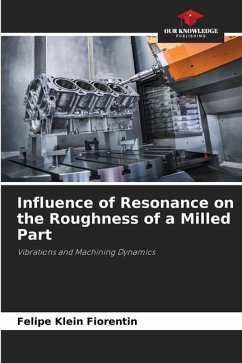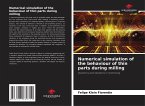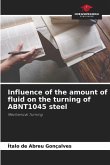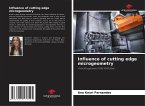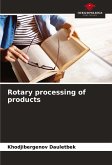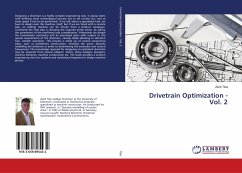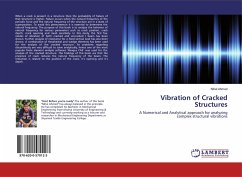In practical applications related to machining a workpiece, the resonance frequency is always an important parameter and must be taken into account. The removal of material is inherent to the entire machining process, so variations in the mass of the workpiece exist. In addition, as part geometry changes, variations in stiffness in a given direction are also present. These two parameters determine the natural frequency of an object and, together with the damping factor, also determine the resonance frequency. In a milling process with tool rotation at constant speed, excitation values close to the resonance frequency of the workpiece (which is always changing as material is removed) can be reached at different times. This condition should be avoided, since a workpiece excited at its resonance frequency tends to reach large vibration amplitudes, which can be catastrophic for the process, resulting in a poor surface finish and, in more critical situations, catastrophic machine and tool failures. In order to avoid excitations under these conditions, numerical simulation is a valid process for predicting the frequencies of vibration.
Bitte wählen Sie Ihr Anliegen aus.
Rechnungen
Retourenschein anfordern
Bestellstatus
Storno

